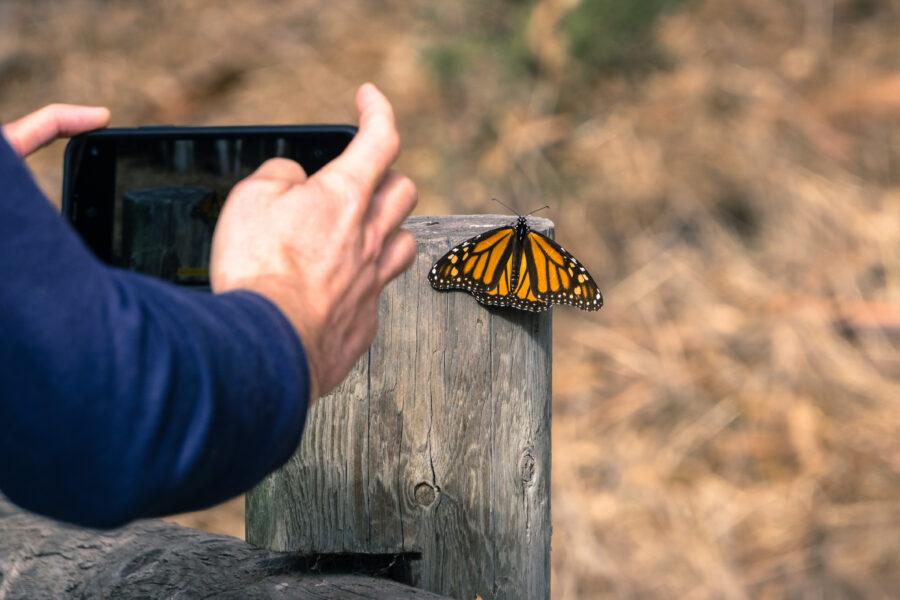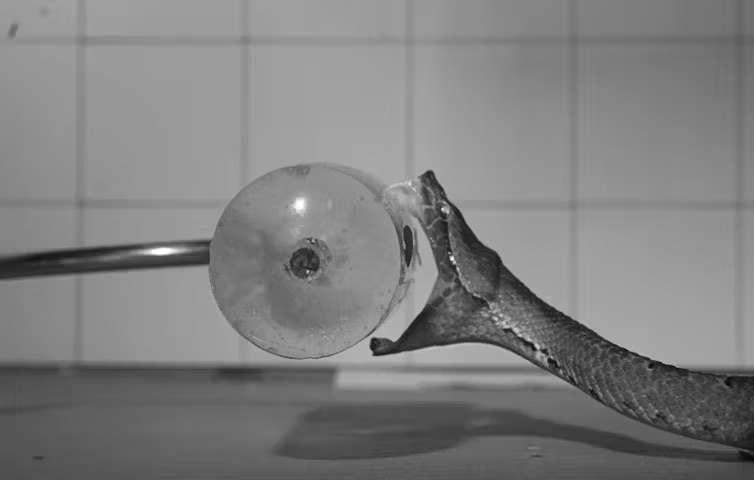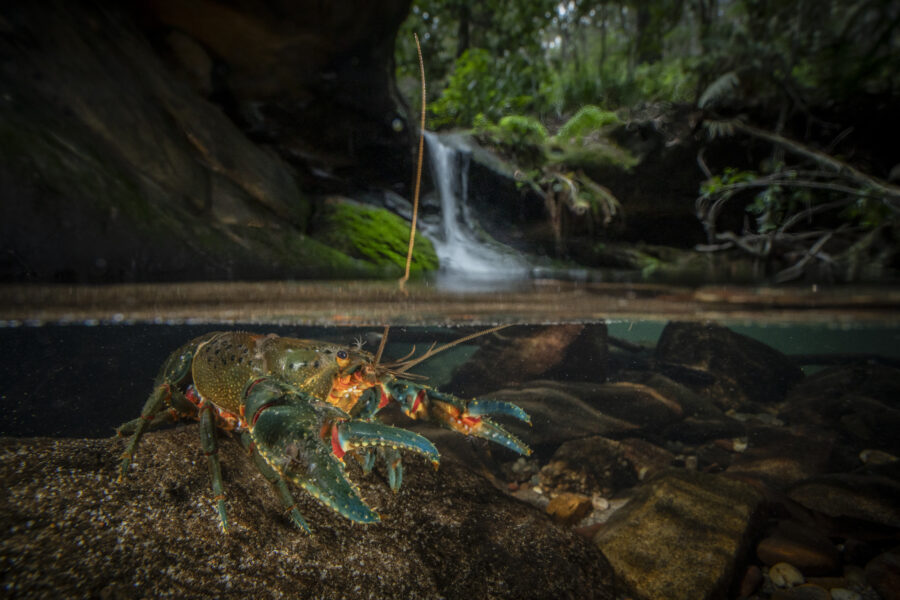Pups perfected in artificial womb

Fisheries biologist Dr Nick Otway and his team, Dr Megan Storrie, Brett Louden and Justin Gilligan, have “birthed” live dwarf ornate wobbegong sharks using an artificial uterus (AU). The technology developed by Nick, a senior researcher with the NSW Department of Primary Industries (DPI), will ultimately be used to breed the critically endangered grey nurse shark.
In late September, six pups (three males, three females – generally, most shark species have a 50/50 birth gender ratio) were brought to life in the DPI labs at Port Stephens, NSW, but it will be “quite a few years” before Nick and his team are ready to breed grey nurse pups.
“While this is an exciting first step, the composition of the artificial uterine fluid (used in the AU) is correct for wobbegongs but not the grey nurse, so we’ll have to look at that next,” Nick says. “It’s more complex; the [grey nurse] fluid is soupy rather than watery [like the wobbegong].”
Because the Australian population of grey nurse sharks is so fragile, samples of uterine fluid and embryos will be taken from ragged tooth sharks (the South African equivalent) with the help of researchers from the Natal Sharks Board in KwaZulu-Natal, Republic of South Africa (RSA).
No sharks, Nick says, will be needlessly killed during this process. “They can be anaesthetised, and we’ve talked to vets in RSA who will assist us,” he says. “Then, using ultrasound guidance and an endoscope, we’ll extract capsules with developing embryos [about six to a capsule]. The embryos will then be placed in the AU.”
The natural order of things will then take over. “After the embryos hatch, we’ll let the cannibalistic process occur [the more dominant pup eats its siblings], and watch it all via closed-circuit television and monitor them using ultrasound.”
It takes a female grey nurse shark 10 years to reach sexual maturity, after which she gives birth to a maximum of only two live young once every two years. These factors, coupled with a reduction in safe habitat and historic overfishing, have all contributed to the species’ demise. And with fewer than 10 grey nurse pups ever born in captivity worldwide, Nick hopes his work could help save the species.
Currently, Nick is leading three further projects investigating the ecology of grey nurse sharks, which focus on the species’ migratory patterns, its movements at critical habitat sites, and how it’s affected by scuba diving. This research all falls under the Commonwealth Government’s Grey Nurse Shark National Recovery Plan.
Source: Australian Geographic Jan – Mar 2009




